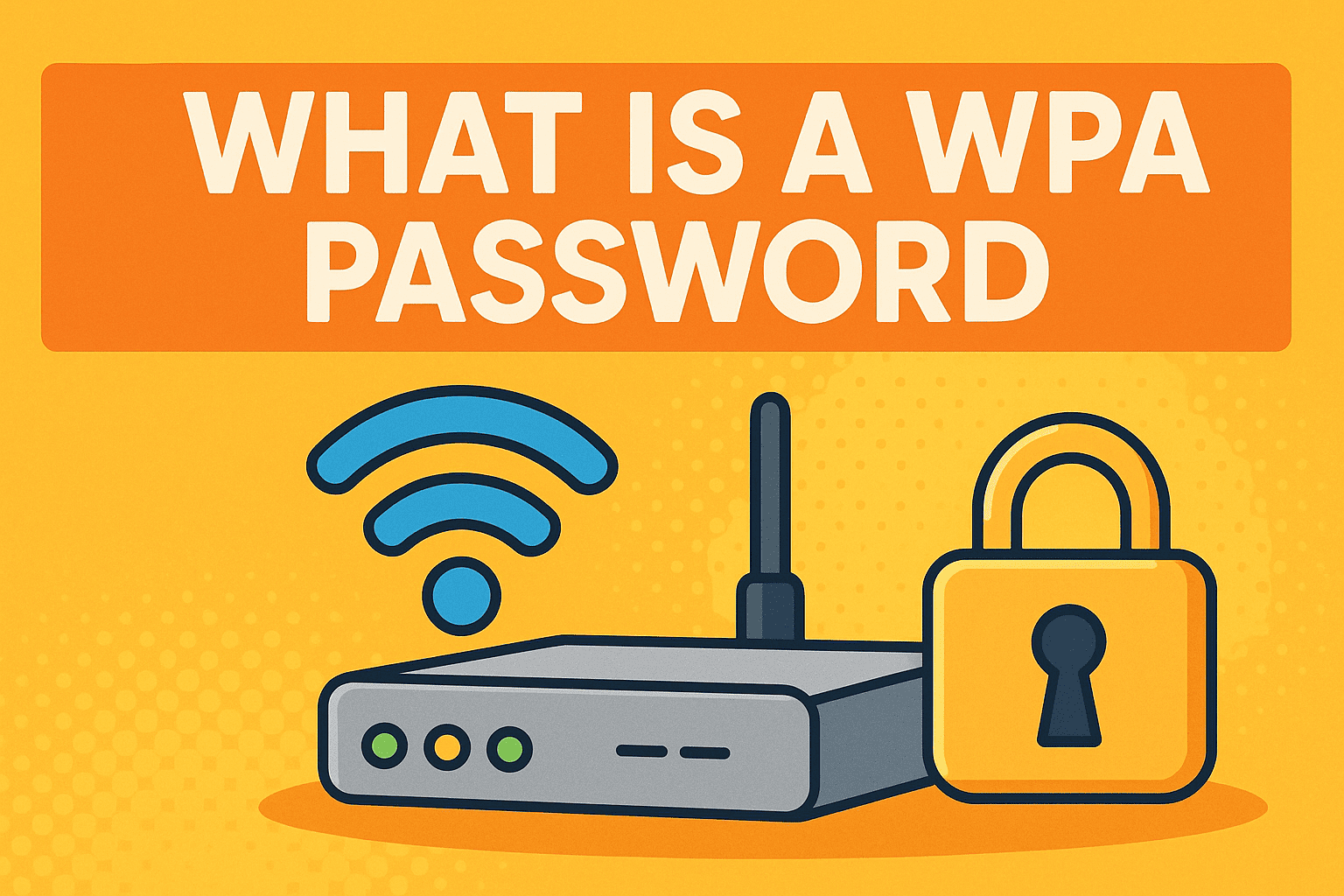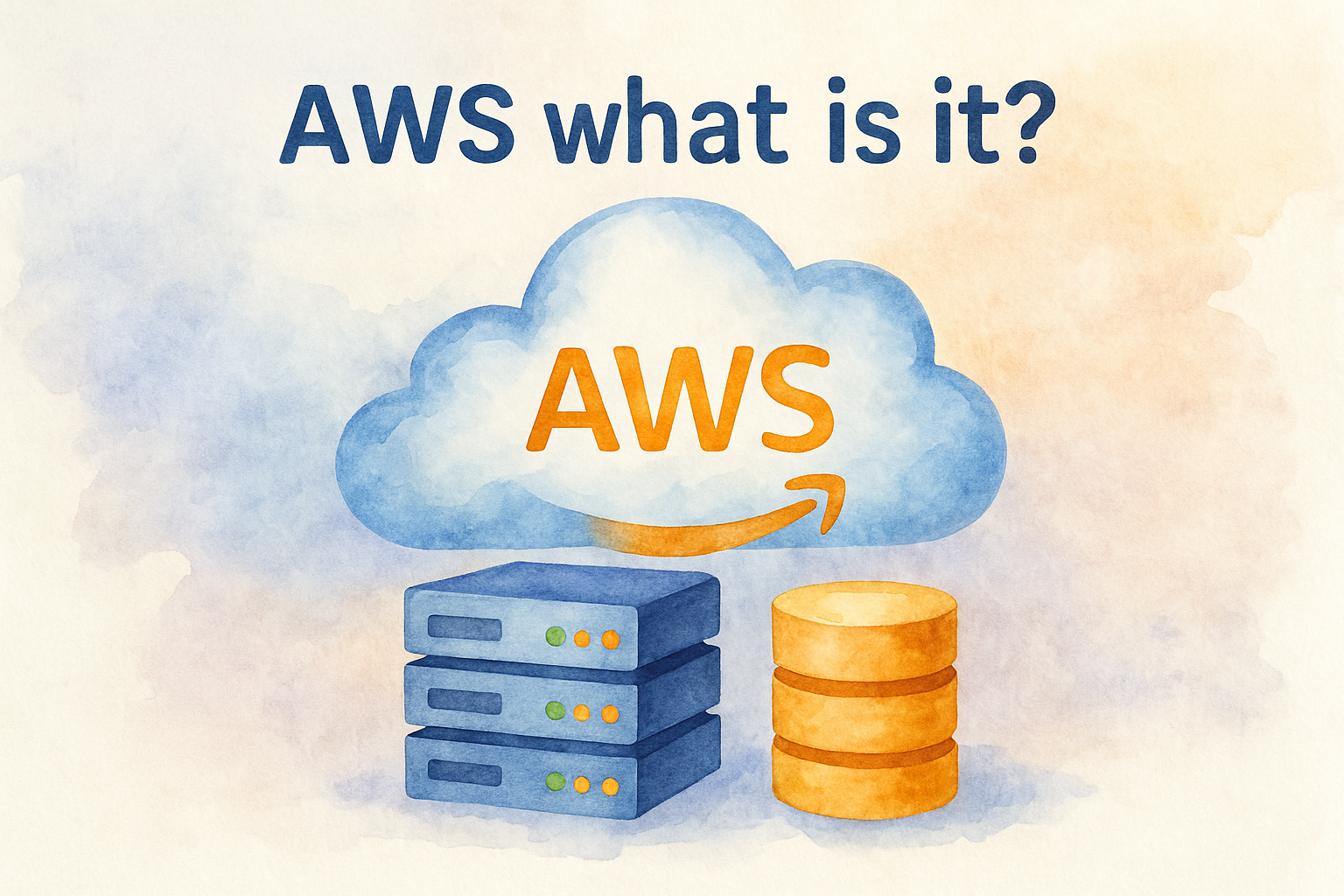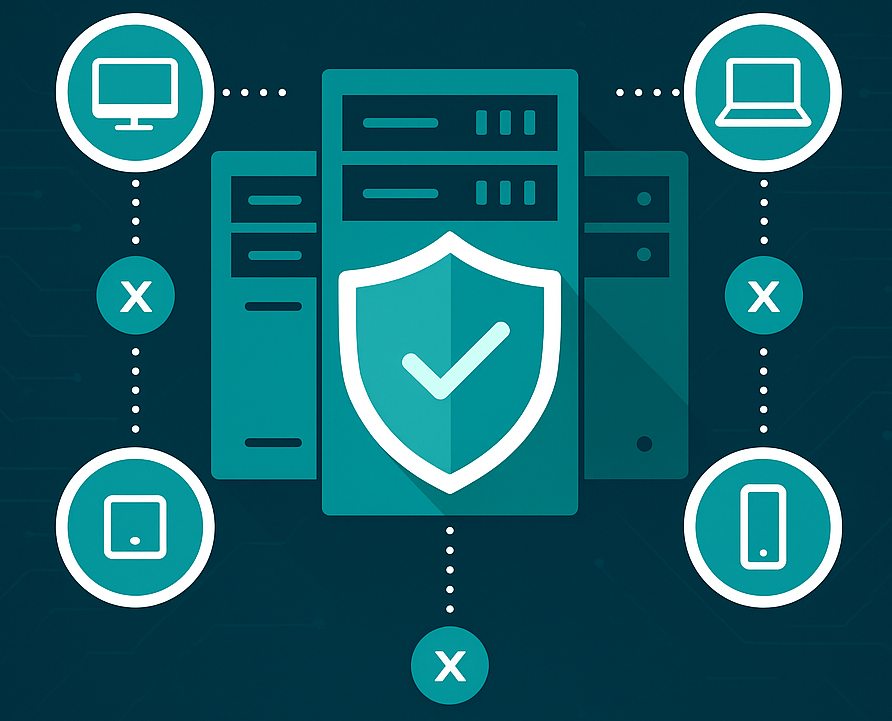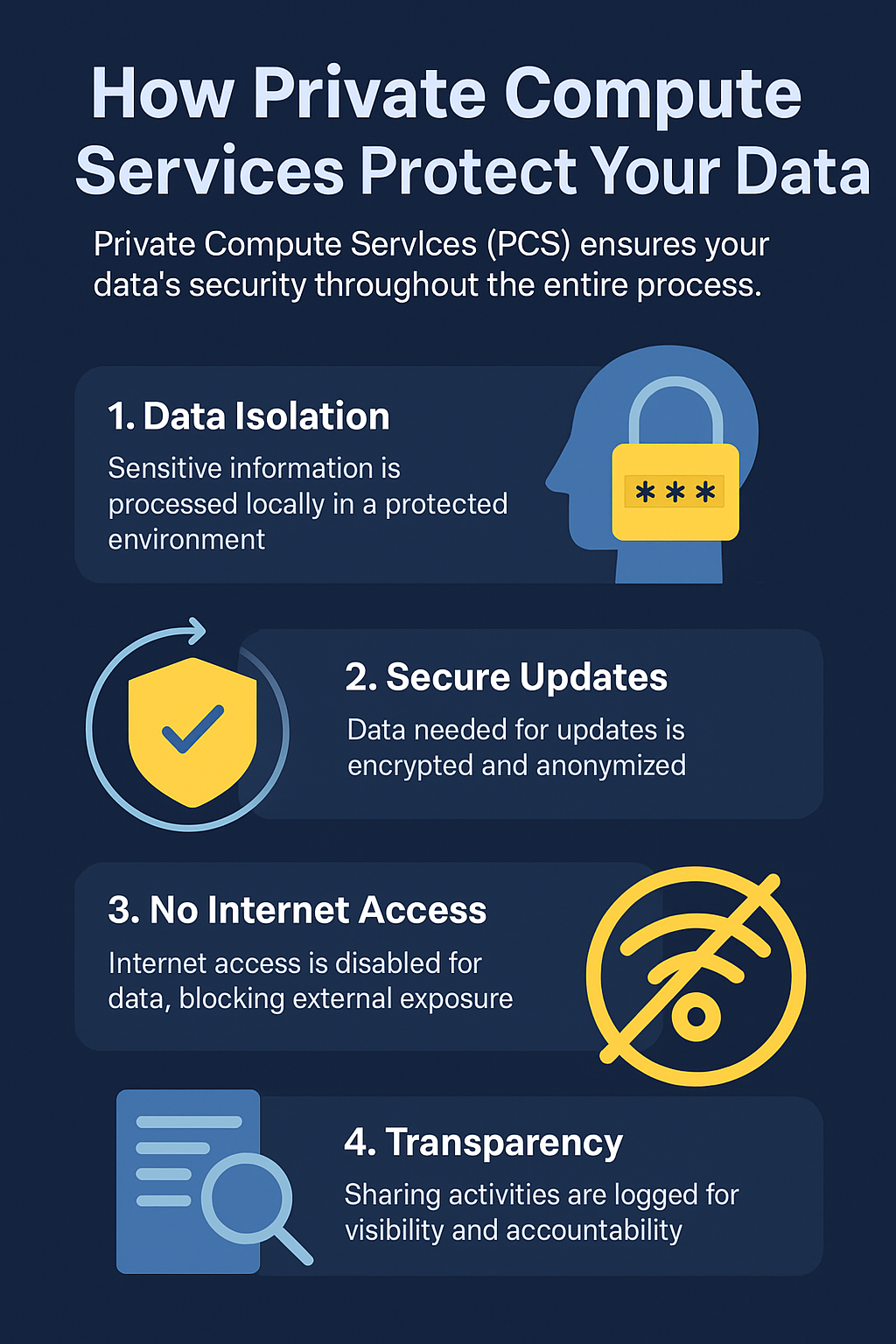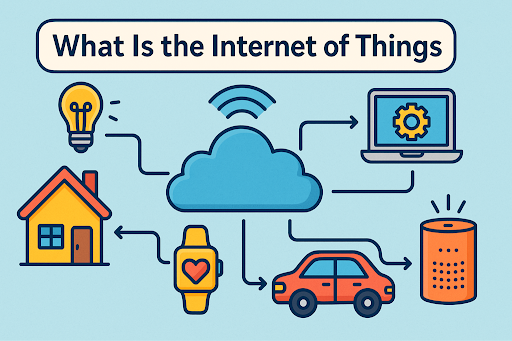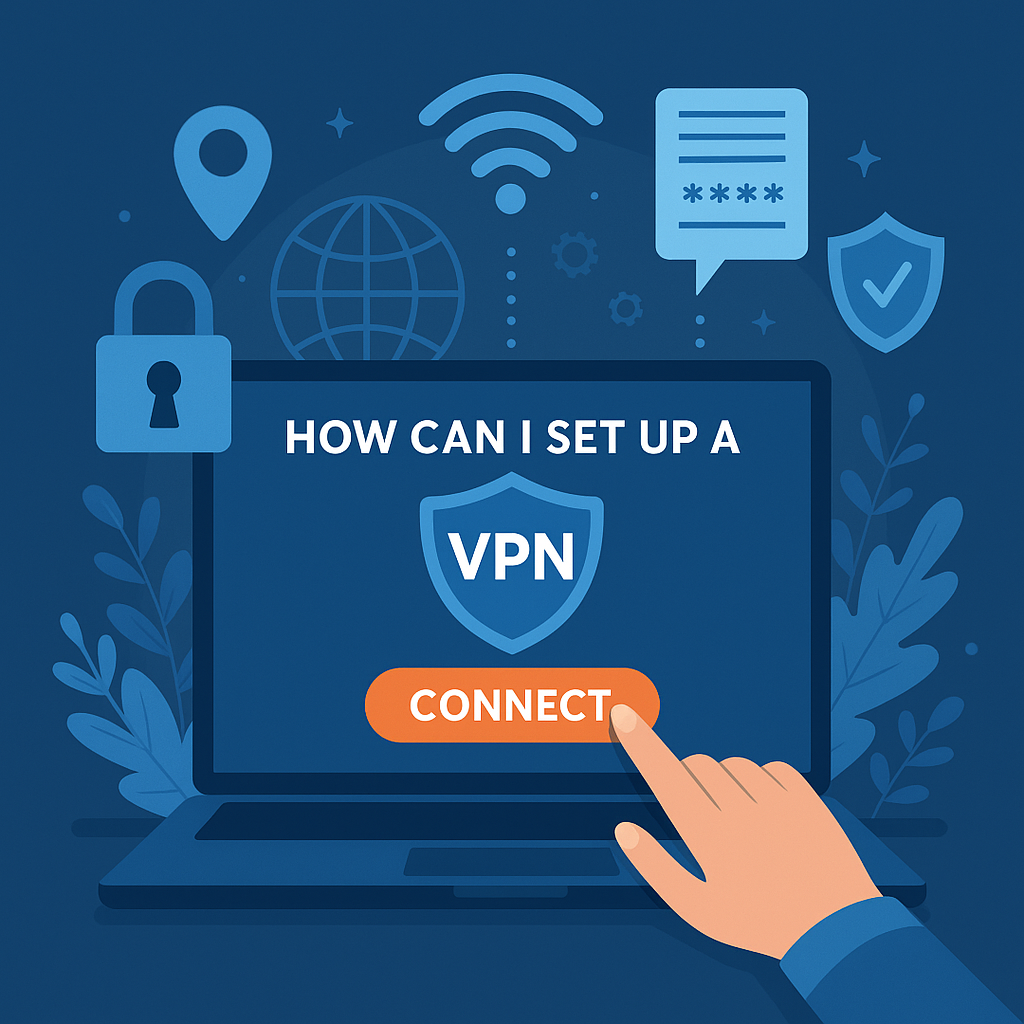What Is a Trojan Virus? A Comprehensive Guide for Cybersecurity Readiness
Updated on August 5, 2025, by Xcitium
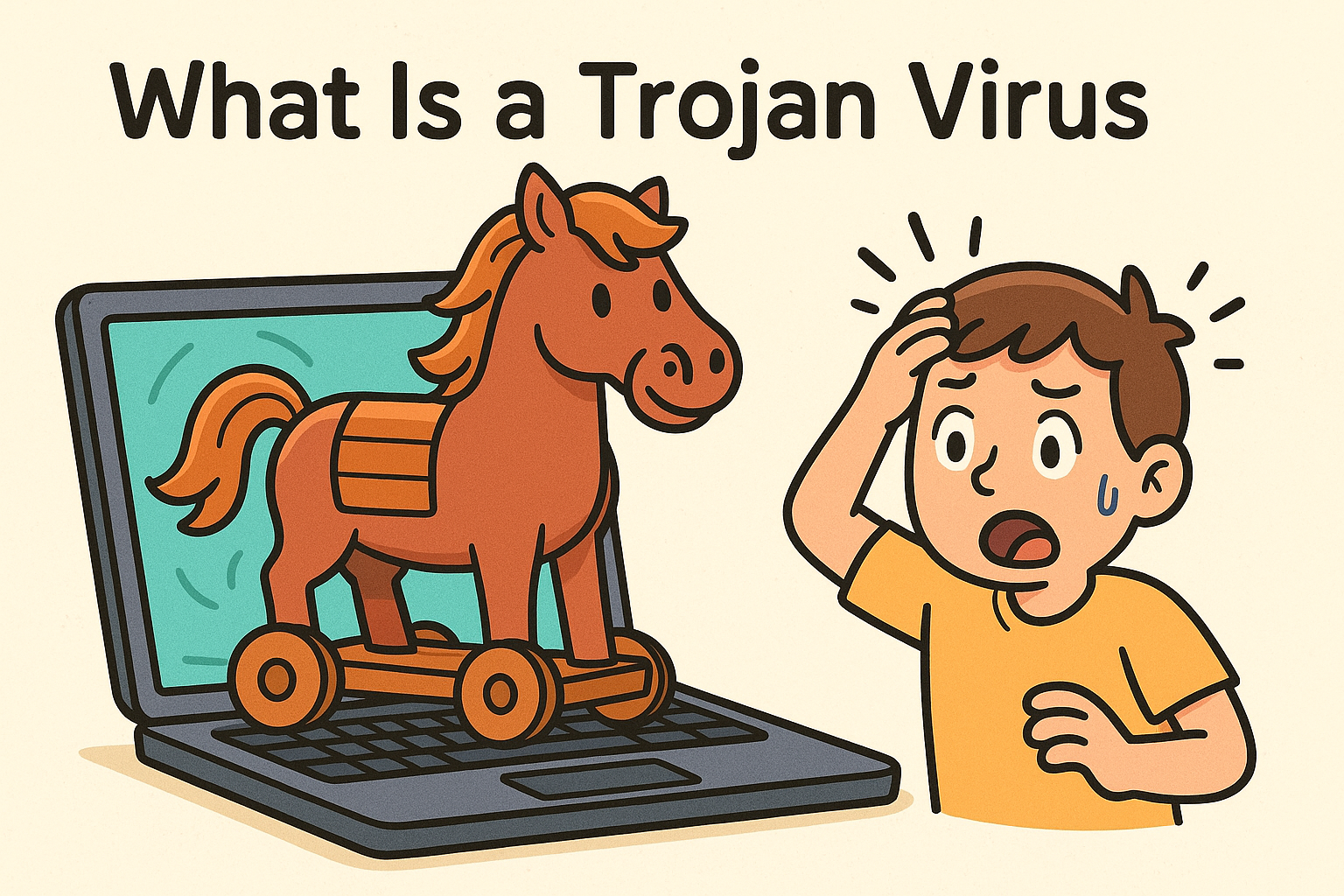
Ever downloaded an innocent-looking file only to discover your system acting strangely? That’s the silent signature of a Trojan virus. Named after the legendary wooden horse from Greek mythology, a Trojan virus is a type of malware that masquerades as legitimate software to trick users into downloading it.
Trojan attacks are responsible for billions in global cybersecurity damages every year. For IT managers, cybersecurity experts, and C-suite leaders, understanding what is a Trojan virus and how to defend against it is non-negotiable.
What Is a Trojan Virus?
A Trojan virus, also known as a Trojan horse, is a type of malicious code or software that appears legitimate but carries a hidden agenda—usually unauthorized access, data theft, or damage. Unlike traditional viruses, Trojans don’t self-replicate. Instead, they rely on human error—such as opening a phishing email or downloading fake software.
Key Characteristics of a Trojan Virus
- Masquerades as a safe or useful application
- Requires user interaction to be executed
- Often undetected by casual users
- Enables remote access, data theft, or surveillance
Types of Trojan Viruses
Understanding the various forms helps you strengthen your defenses. Below are the most common types of Trojans:
1. Backdoor Trojans
These Trojans create a backdoor in your system, allowing attackers to control your device remotely.
2. Downloader Trojans
Designed to download and install additional malware onto an infected system.
3. Banking Trojans
Target financial data such as login credentials and bank account details.
4. Ransom Trojans
Encrypt data and demand payment (ransom) to restore access.
5. Spy Trojans
Silently monitor and record user activity, often used for surveillance or espionage.
How Trojan Viruses Spread
The most dangerous aspect of Trojans is how seamlessly they blend in. Here’s how Trojan viruses spread:
- Email Attachments: Disguised as invoices, job offers, or security alerts.
- Malicious Ads (Malvertising): Redirect users to infected downloads.
- Pirated Software: Bundled with unauthorized versions of games or tools.
- Fake Software Updates: Pose as security patches or drivers.
- Social Engineering: Tricks users into granting permissions or installing apps.
Symptoms of a Trojan Virus Infection
Early detection is vital. Watch out for these red flags:
- Slow system performance
- Frequent system crashes
- Unusual pop-ups
- Unexplained disk activity
- Programs starting automatically
How to Remove a Trojan Virus
If you suspect a Trojan infection, act fast:
Step-by-Step Removal Guide
- Disconnect from the Internet
Prevent data leaks and remote control. - Enter Safe Mode
Minimizes running processes and malicious programs. - Run Antivirus/Anti-Malware Software
Use updated tools like Xcitium Advanced Endpoint Protection. - Delete Suspicious Files and Programs
Manually uninstall unknown applications. - Restore System Files
Use backup points or system restore. - Reset All Passwords
Especially for banking, email, and admin accounts.
How to Prevent Trojan Viruses
Proactive protection is better than cure:
- Use enterprise-grade antivirus solutions
- Keep systems and software updated
- Train employees on phishing and social engineering
- Restrict admin rights
- Regularly backup your data
- Monitor traffic for anomalies using a zero-trust framework
Real-World Example: Trojan Attack on a Finance Firm
In 2024, a finance company lost over $2.5M due to a Banking Trojan embedded in a resume PDF. The Trojan captured login credentials to internal systems and siphoned funds over several weeks—undetected. A post-attack audit revealed outdated antivirus software and poor access controls.
Why IT Leaders Must Prioritize Trojan Defense
For IT and cybersecurity leaders, understanding the Trojan virus threat landscape is not optional—it’s strategic. The evolving nature of Trojan malware, especially zero-day variants, makes it imperative to deploy AI-driven threat detection and real-time remediation systems.
Call to Action
Don’t wait for a breach to start building your defenses.
👉 Request a free demo of Xcitium’s advanced threat protection now
FAQs: What You Need to Know About Trojan Viruses
1. Is a Trojan virus the same as a regular virus?
No. Unlike traditional viruses, Trojans don’t replicate themselves. They rely on users to install them unknowingly.
2. Can antivirus software detect Trojans?
Yes, but advanced Trojans often evade basic antivirus tools. Use behavior-based detection systems for better results.
3. How do Trojans affect businesses?
Trojans can steal sensitive data, provide attackers remote access, and cause financial or reputational damage.
4. Can a Trojan work without an internet connection?
Some functionality, like data theft or surveillance, may still operate offline, but many Trojans require a network to transmit data.
5. How often should I scan for Trojans?
Regular weekly scans are good practice, but enterprise environments should run real-time monitoring continuously.




